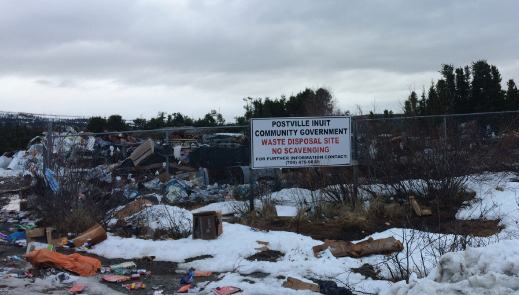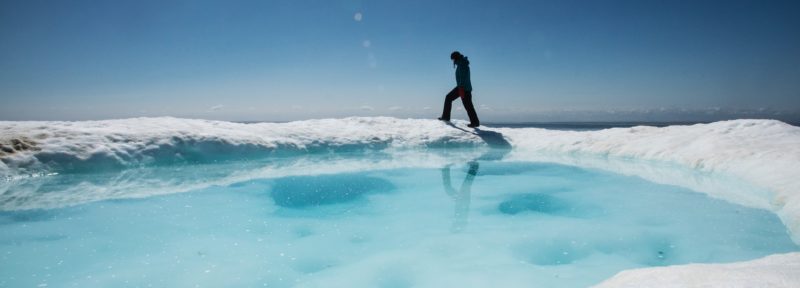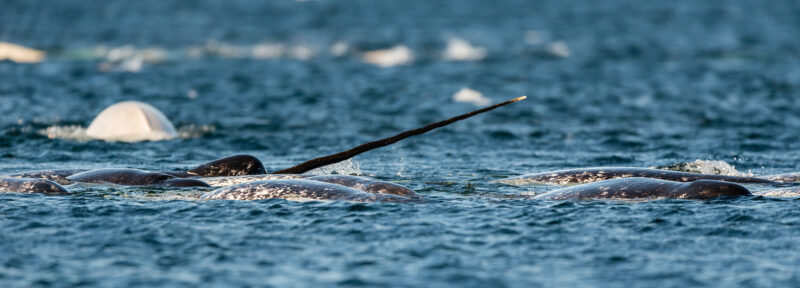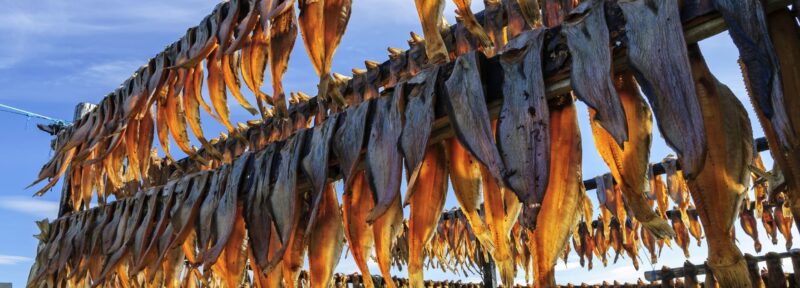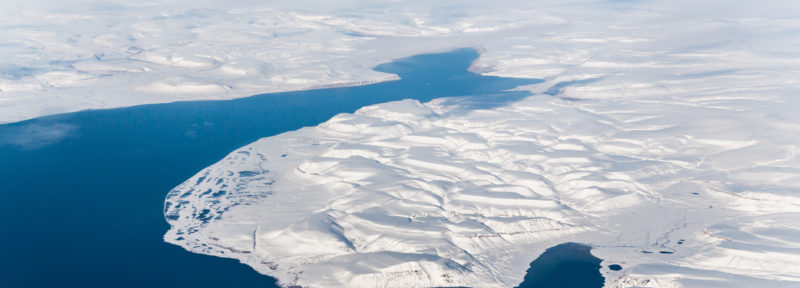Towards a Waste-Free Arctic: New Report Highlights Urgent Need for Better Waste Management
Credit: Sid Pain
The world has a waste problem. Many of our everyday items, from coffee cups to grocery bags, are designed to be disposable, and, as a consequence, are piling up in dumps and landfills. The waste that doesn’t end up there is also concerning: an estimated 8 to 12 million tonnes of plastic waste finds its way into the ocean every year.
Canada, which has one of the highest levels of waste per capita in the world, has set a target to reduce its waste by 50% over the next 20 years. However, the Arctic is often overlooked in policy discussions about waste management, even though many northern communities lack access to the infrastructure and programs taken for granted in the south.
The past, present and future of waste management in these communities is at the centre of Oceans North’s new report, Towards a Waste-Free Arctic. For the first time, this report collects all the available information on waste management throughout Inuit Nunangat, including levels of waste accumulation, composition, and diversion programs, and offers some initial suggestions for how different levels of government and sectors can work together to address the issues.
For the predominantly coastal communities of Inuit Nunangat, this issue is not only about unequal access to basic services but a critical part of reconciliation. The current situation is largely a consequence of short-sighted government policy. Within recent memory, Inuit lived a lifestyle that produced minimal waste. That changed after they were encouraged or pressured to move into settlements that depended on regular shipments of imported goods, where waste began to accumulate. As we tackle this problem, Inuit must be at the table to help shape the solutions.
Our report found that communities in Inuit Nunangat accumulate similar levels of waste to those in the south, but they have fewer ways of diverting that waste (like through recycling programs or composting). Communities have found some innovative programs to help address these problems, and they’ve also been among the first to institute policy changes like plastic bag bans. Ultimately though, a lack of capacity and resources has hindered the long-term success of these initiatives, and the infrastructure to manage the waste is also often insufficient and outdated. As a result, the health of these communities and the nearby environment is at risk.
While the Arctic presents certain challenges that make waste management more expensive, the United Nations Environment Programme has estimated that poor waste management practices can cost five to 10 times more than properly treating waste because of harm to public health and the environment. Addressing municipal waste management challenges across Inuit Nunangat also offers an opportunity to redress the inequities that have existed in this region. Programs like support for harvesting, replacing disposable products with less expensive eco-alternatives, and local training and employment in waste diversion can have cross-cutting social and economic benefits.
Government, the private sector, and civil society will all have a role to play. For example, some waste in Arctic waters has been transported there from other regions via wind, waves and currents; addressing this issue will require international cooperation and improved waste management elsewhere. The private sector can also do more to advance the “circular economy,” where waste is reduced and diverted from the dump or landfill and reused or remade into other products. Civil society actors—including environmental organizations like Oceans North—need to think about how our projects connect to this issue and ensure that we have a plan to deal with any of the waste our work might generate in communities.
Finally, the most important part of this process will be to listen and support Inuit as they develop made-in-the-Arctic solutions, and work with them to provide the resources needed to succeed.
Alex Tesar is a communications specialist with Oceans North.

